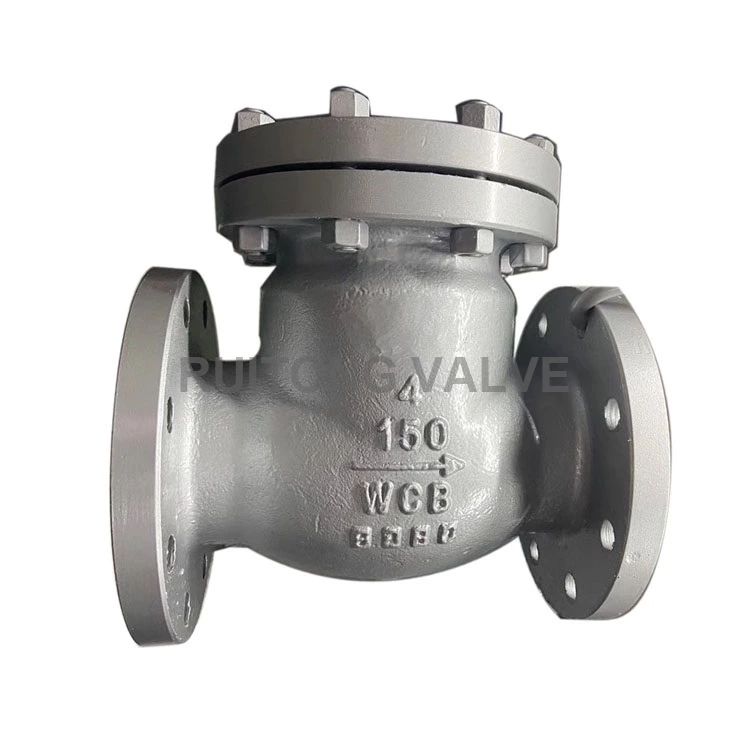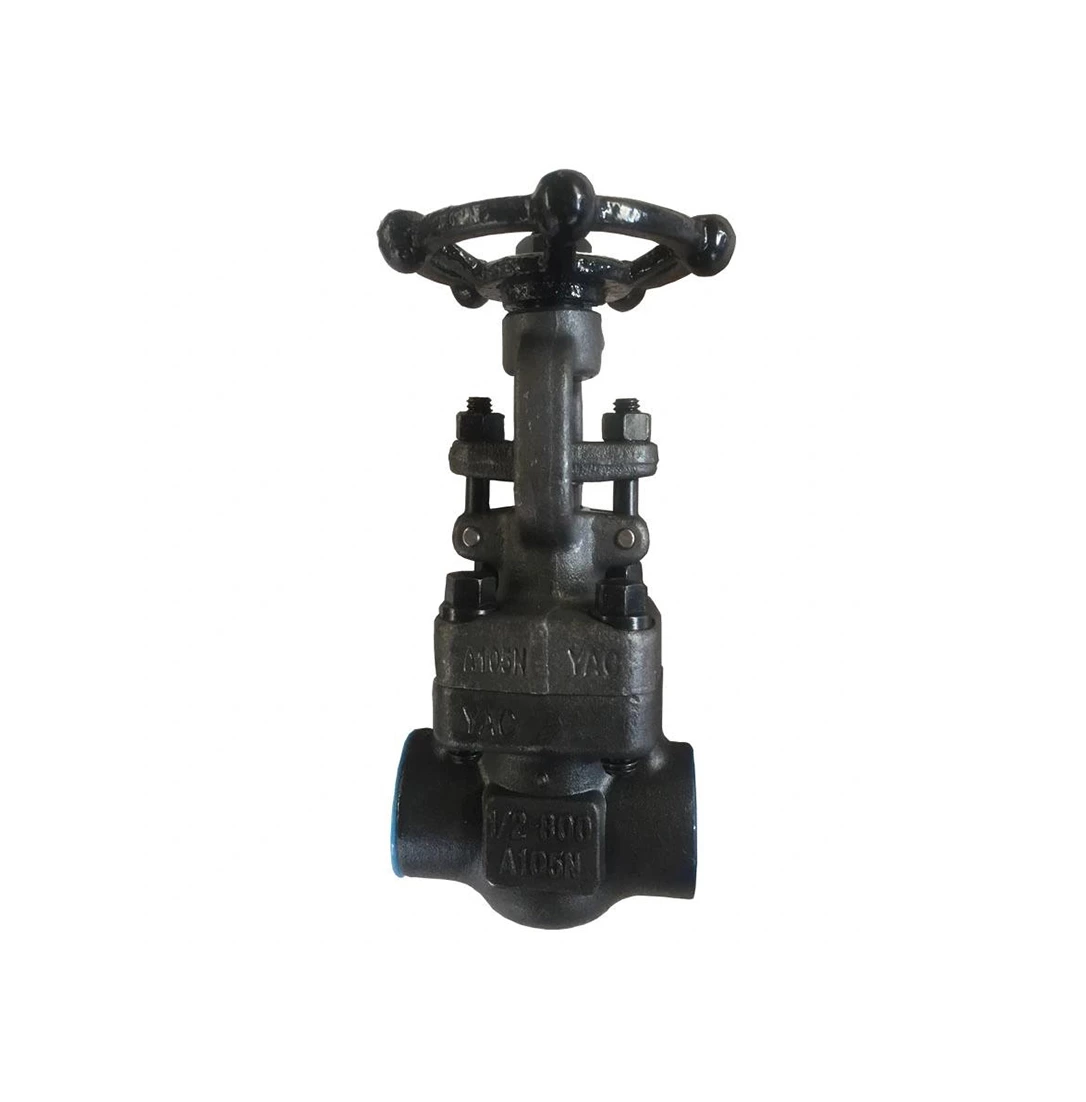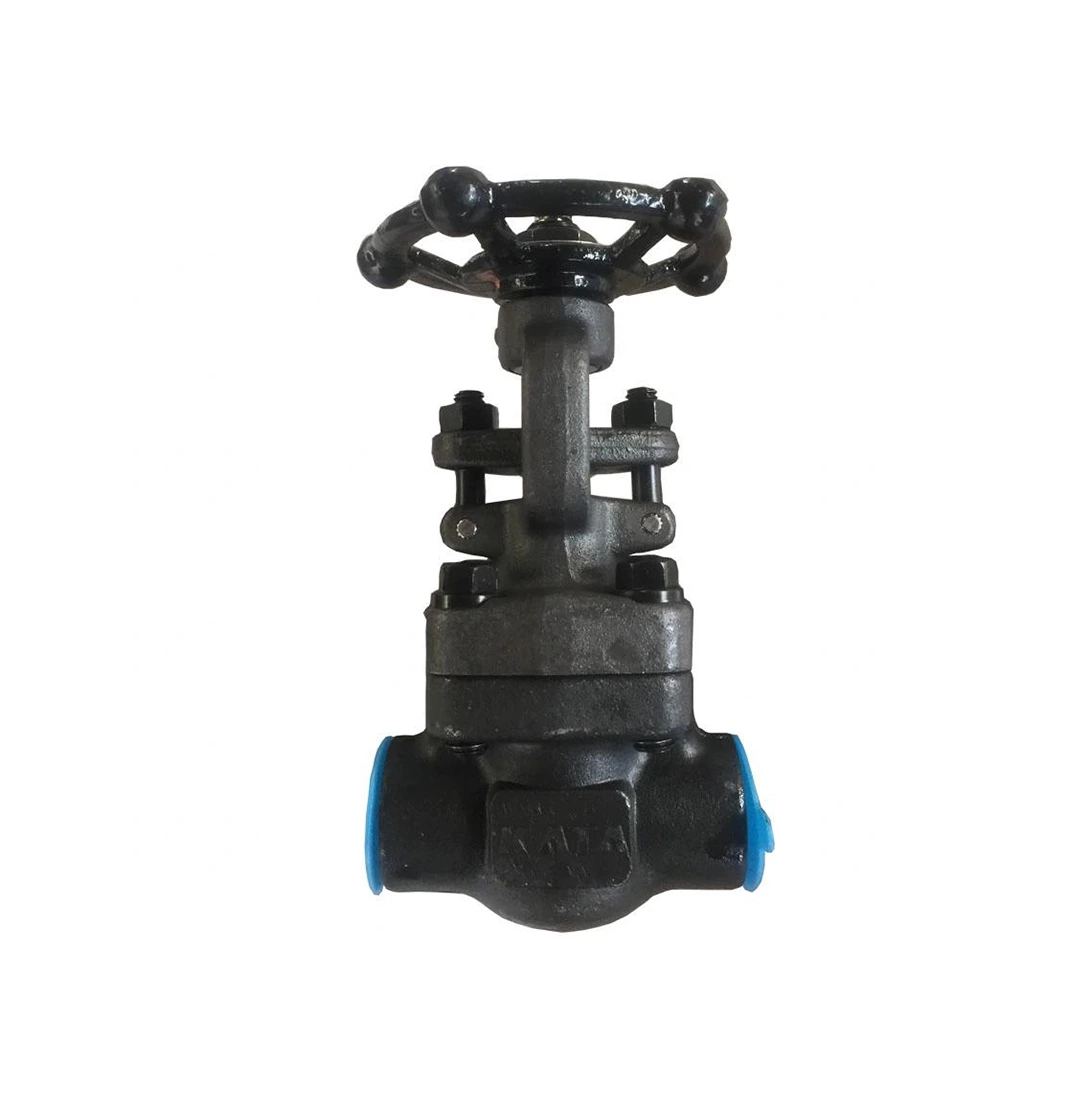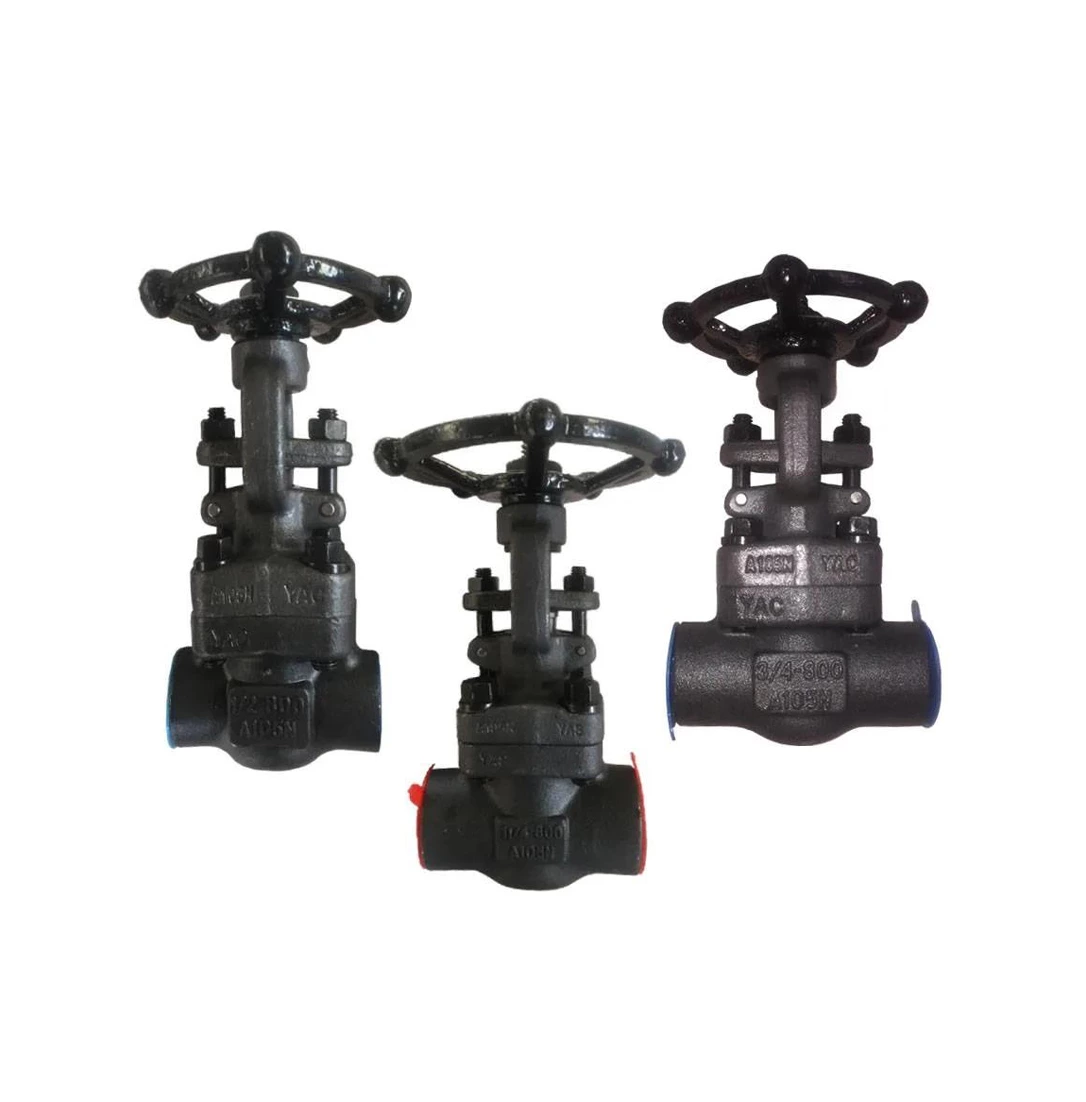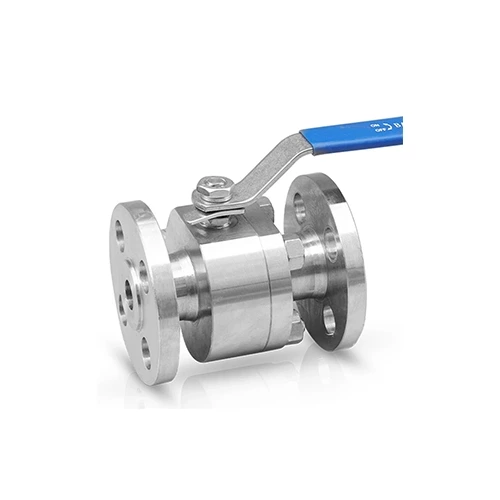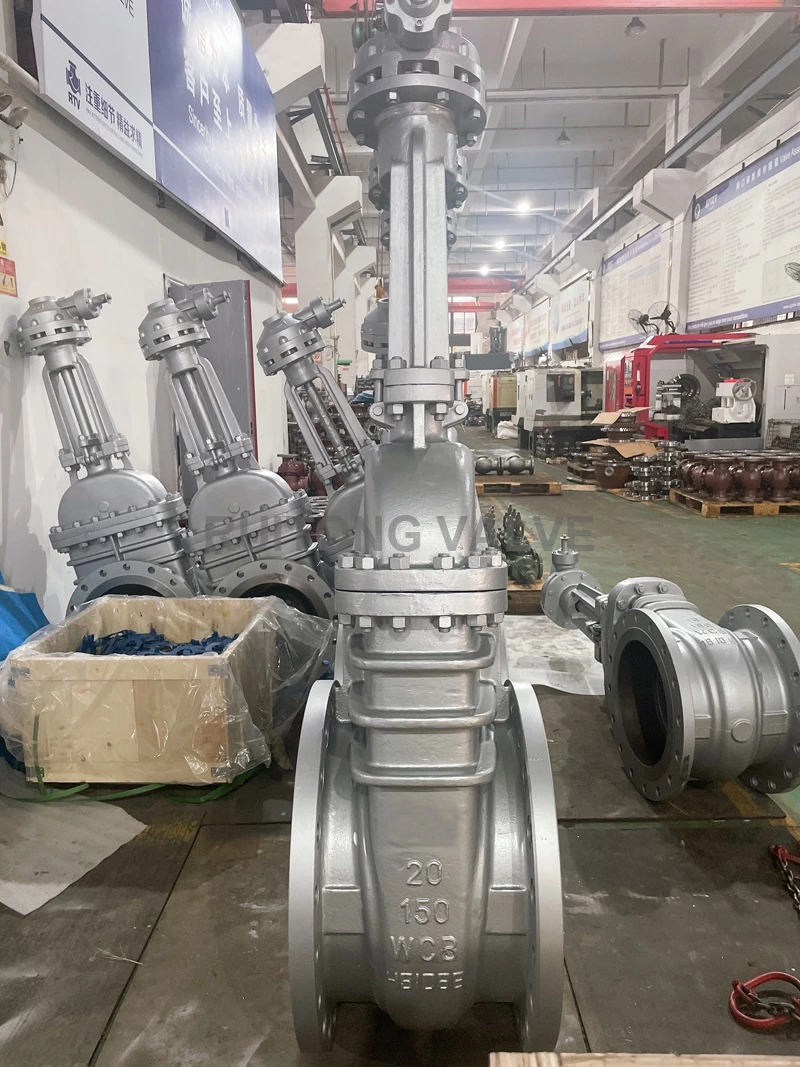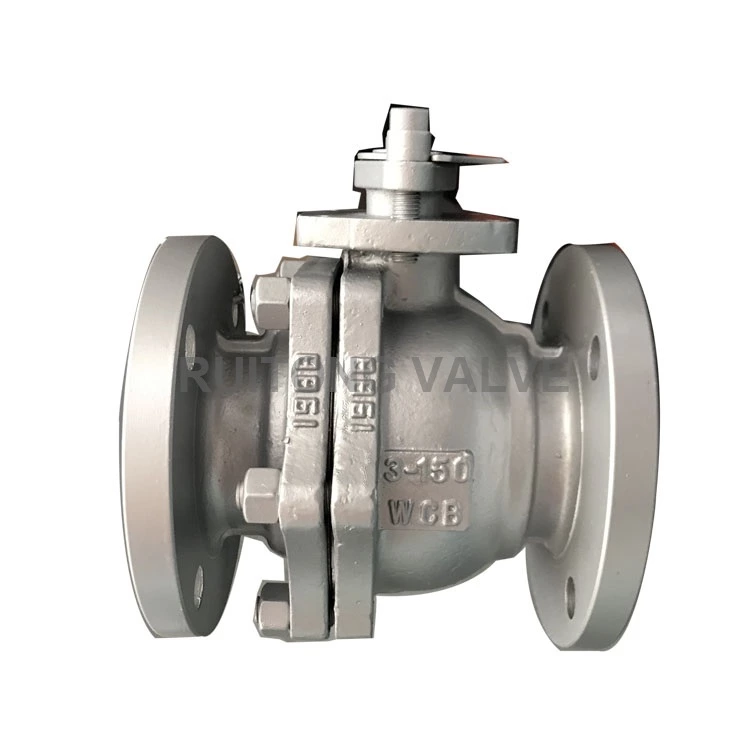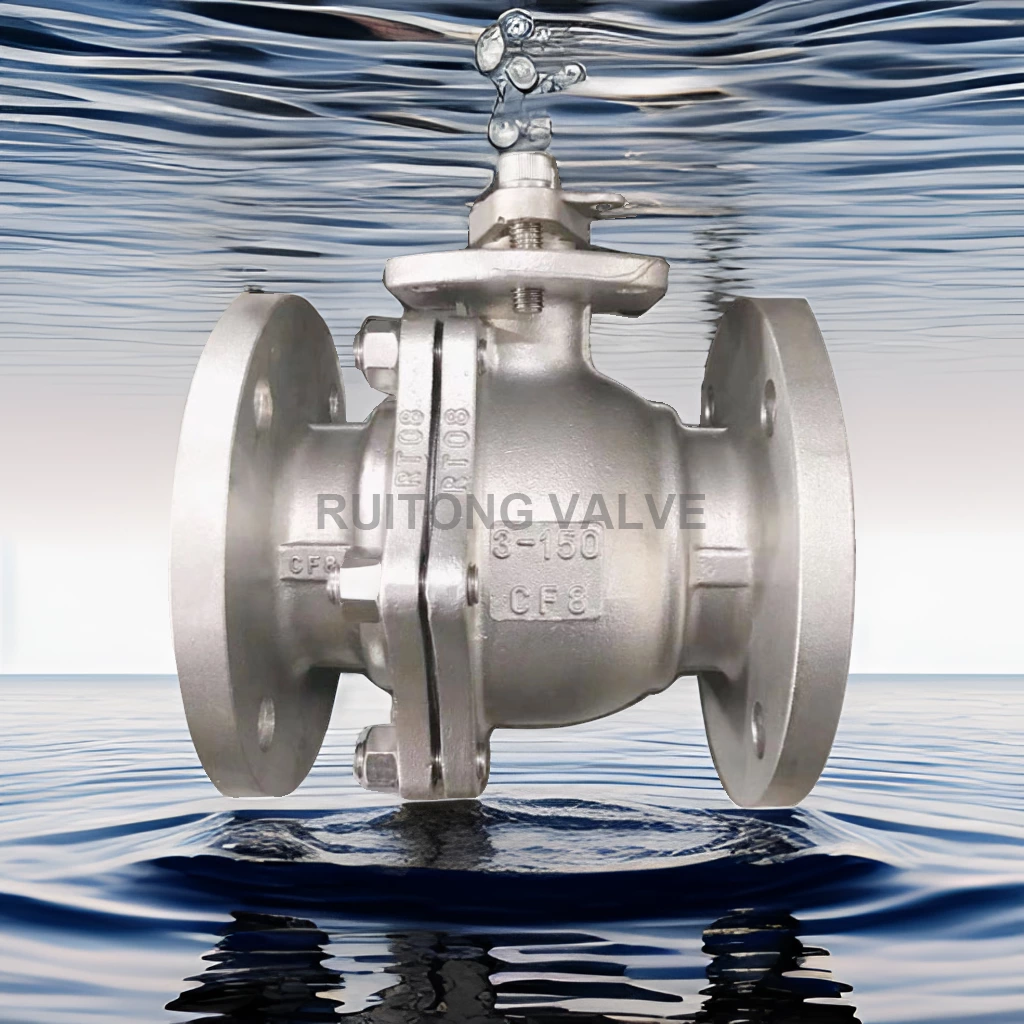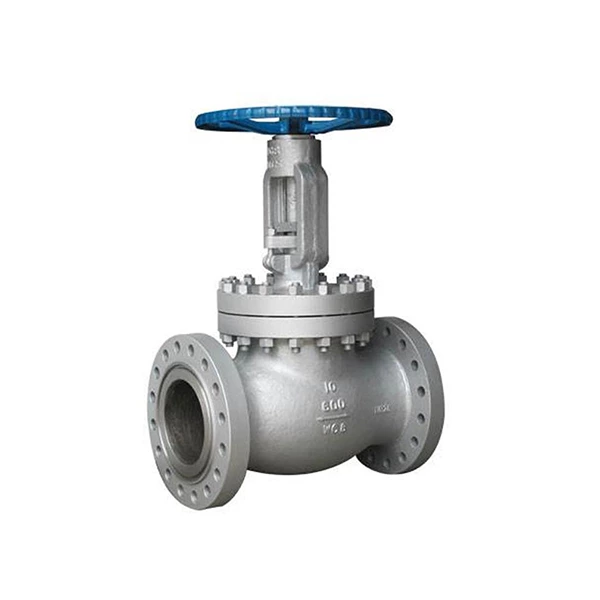Should The Check Valve Be Installed Before Or After The Outlet Valve?
"Today we are going to discuss the installation position of Check Valve. So how to determine the installation position of the check valve? What is the difference between installing the check valve before the pump and installing it after the pump? Where is the installation before the pump suitable? Check valves are usually used in conjunction with other valves. So where should the check valve be installed when used with other valves? Let's discuss it together."
The check valve, also known as the non-return valve, is an automatic valve that relies on the pressure of the flowing medium in the pipeline to push the valve disc to achieve the closing and opening of the valve. When the medium stops flowing, the check valve disc closes, which can effectively prevent the medium in the pipeline from flowing back, which plays a great role in ensuring the safety of the pipeline.
Check valves can be divided into three types according to their structure: lift check valves, swing check valves and butterfly check valves. Lift check valves can be divided into two types: vertical and straight-through. Swing check valves are divided into three types: single-flap, double-flap and multi-flap. Butterfly check valves are divided into butterfly double-flap and butterfly single-flap. The above check valves can be divided into four types in terms of connection form: threaded connection, flange connection, welding and clamp connection.
The purpose of installing a check valve is to ensure the flow direction of water inside the water pump, thereby ensuring the normal operation of the water pump. Therefore, regarding the installation position of the check valve, whether it is installed in front of the water pump or after the water pump, there are two situations:
One is to install it at the end of the vertical suction pipe in front of the water pump, also called the bottom valve. The purpose is to fill the water pump with water without pumping water once, because when there is no water in the water pump and the suction pipe in front of the pump, the water pump can only run idle and cannot pump water, so the water pump must be filled with water to pump out water. This installation method of the water pump is a method when it is higher than the liquid level, also called the negative pressure method.
The other is to install it behind the water pump. This installation method is convenient for starting and stopping the water pump without closing the water pump outlet valve when the liquid level is higher than the water pump, especially for the main pipe water pump system to prevent backflow.
The check valve must be installed at the outlet of the pump and before the outlet control valve to facilitate the inspection of the check valve. Generally, the first outlet of the pump is a soft connection (shock absorber), followed by a check valve, and then a cut-off valve (such as a butterfly valve, gate valve, stop valve, etc.)
1. Install the check valve first and then the gate valve or butterfly valve
Advantages: It can protect the check valve, especially in parallel pumps. When one pump does not start, its outlet door is closed, and the other pump starts, the impact force is borne by the gate valve or butterfly valve. After the check valve fails, the inlet and outlet valves can be closed to isolate the system for repair.
Disadvantages: Who will protect the gate valve or butterfly valve? There was a case in which the valve plate of the butterfly valve was broken.
2. Install the gate valve or butterfly valve first and then the check valve
Advantages: It can protect the butterfly valve or gate valve, and the impact force is borne by the check valve.
Disadvantages: Who will protect the check valve? The check valve is opened and closed by pressure difference. If the pressure of the main pipe is high, it will be closed, and if the pressure of the pump is high, it will be opened. If the flow rate used is unstable, the check valve will be opened and closed repeatedly, which will affect the life of the check valve. Moreover, if the check valve is broken, especially the main pipe control system, the system needs to be shut down before repair.
Generally speaking, since the check valve opens and closes frequently, the internal connection parts and sealing components are prone to damage. In order to facilitate repair and prevent the entire system from being shut down due to a check valve failure, from this perspective, the check valve will be installed before the outlet gate valve or butterfly valve. Is this basically what you see?
